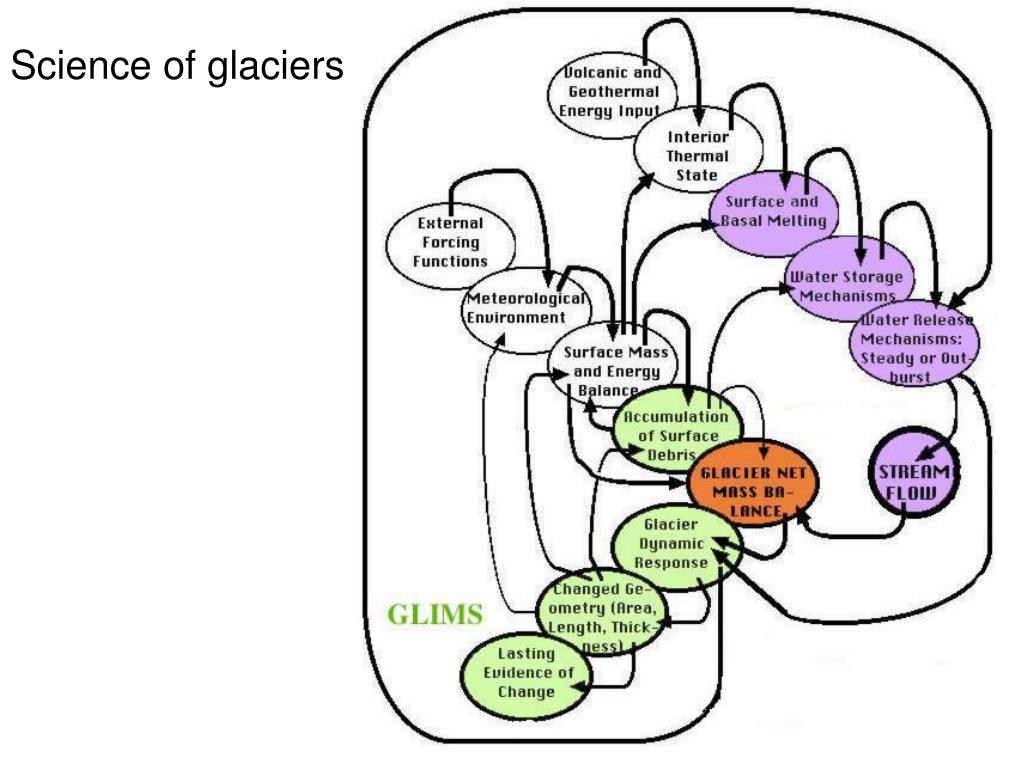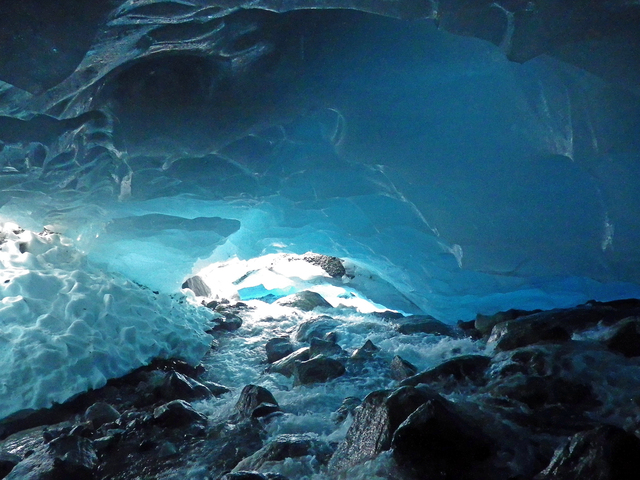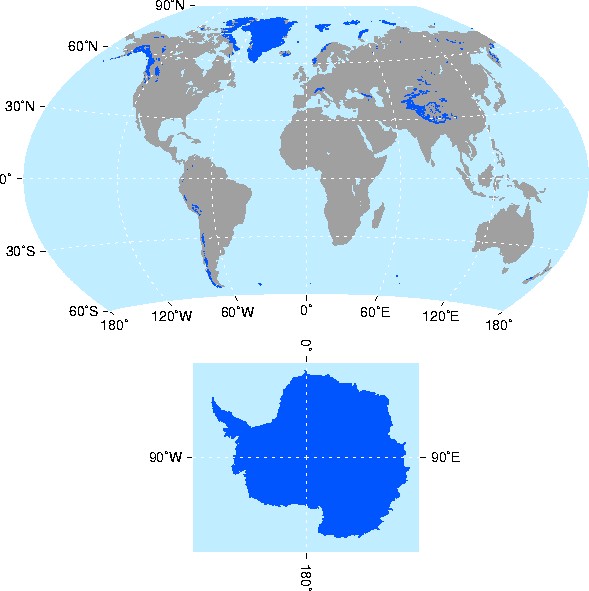

This contribution discusses the status of the GLIMS Glacier Database and the merge of RGI data into GLIMS, showing how the merge is carried out. More data from the RGI, such as from Arctic Canada and the periphery of Greenland, are expected to be merged into GLIMS as resources at NSIDC allow and as sufficient metadata can be obtained.

The New Zealand outlines came from the Randolph Glacier Inventory (RGI), a data set created with the express purpose of filling the geographic gaps in GLIMS to produce a globally complete map of glaciers. These outlines had significant overlap with existing outlines in the GLIMS database, necessitating new approaches to the merging process. New sets of glacier outlines, including 12000 outlines from the Western Himalaya and 3500 outlines from New Zealand, have recently been merged into GLIMS. Otherwise, outlines that are supposed to pertain to the same glacier will appear to be different glaciers, causing errors in summary statistics of the database, such as glacier count or area. As new glacier outlines are produced for glaciers which have already been mapped within GLIMS, we must ensure that each new outline is assigned the same GLIMS glacier ID as its previous outline. GLIMS is one of the most popular data sets at NSIDC, and a web-based map interface and web map services allow users to obtain the data at no cost.
Glims and nsidc full#
Users should refer to the original published version of the material for the full abstract.The Global Land Ice Measurements from Space (GLIMS) glacier database was built at the National Snow and Ice Data Center (NSIDC) in 2005, and now contains outlines and metadata for 120,000 glaciers. No warranty is given about the accuracy of the copy.

However, users may print, download, or email articles for individual use.

By using this site, you agree to the use of. The glacier database of the Global Land Ice Measurements from Space (GLIMS) initiative is the only multi-temporal glacier database tracking all these glacier measurements and providing them to the scientific community and broader public.Here we present a new tool for extracting global glacier maps representative of arbitrary years. This site uses cookies to improve your experience and to help show content that is more relevant to your interests. To understand these impacts and the processes behind them, it is crucial to monitor glaciers through time by mapping their areal extent, changes in volume, elevation distribution, snow lines, ice flow velocities, and changes to associated water bodies. Glacier losses have impacts on local water availability and hazards, and contribute to sea level rise.


 0 kommentar(er)
0 kommentar(er)
